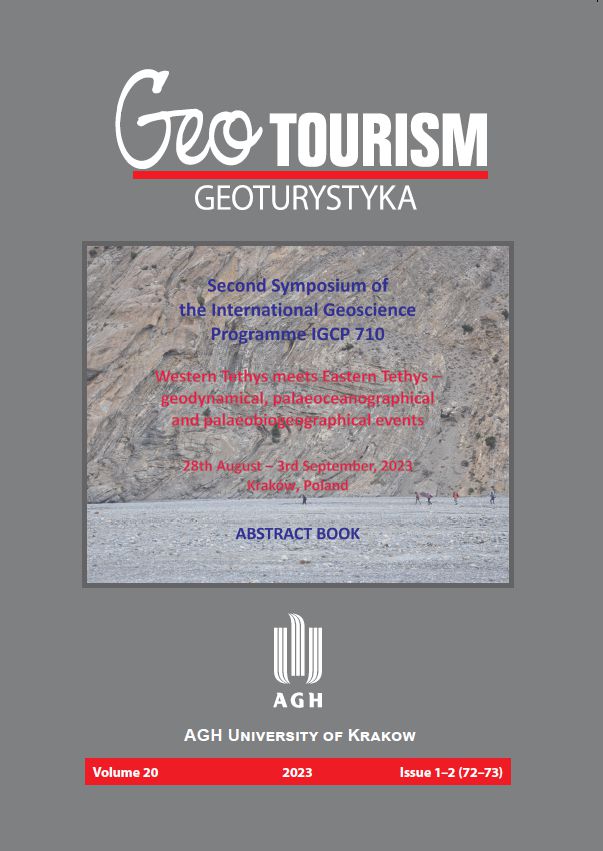Second Symposium of the International Geosciences IGCP 710 Project Western Tethys meets Eastern Tethys
Abstract
We are glad that we can meet personally during the 2nd Symposium of the IGCP 710 Project, after the pandemic time, which disrupted our idea of regular, annual meetings. After the 1st virtual meeting during the autumn of 2021, we have now the chance to discuss face to face and go to the field together to touch „Tethyan” rocks for a better understanding of what happened hundreds/decades of millions years ago in our lovely ancient ocean. As you know, through your knowledge and experience, the Tethyan Ocean history, both in its western and eastern parts, is fascinating, but enigmatic from time to time, to say the least.
Generally, the geological history of the Tethys Ocean is broadly established. Yet many details are still unknown and many major questions remain, related to geotectonics, palaeogeography, palaeoceanography and palaeobiogeography. Improved understanding of the Mesozoic-Cenozoic ocean/climate history is based on accurate reconstruction of the distribution of continents and ocean basins and on opening and closing of seaways along the Tethys. There is little or no agreement about the number or size of separate basins, nor on their space-time relationships. Moreover, there is no consensus on the number and location of former micro-continents and on their incorporation into the present-day Eurasian-Mountain Belt. Geologists studying individual parts of these belts have been educated within different geological systems and adhere to different geological paradigms. Correlation between Western and Eastern Tethys is difficult, not only because of the large distances involved, but also because they are separated by the area of the huge Himalayan collision within which much of the pre-Paleogene tectonostratigraphic information has been lost. The aim of this IGCP project is to bring together geologists from the western and eastern parts of the former Tethys (Morocco/Iberia–SE Asia) to establish a common framework and a common tectonostratigraphic concept (latest Paleozoic–Mesozoic with emphasis on Permian–Jurassic).
On the one hand, UNESCO forms a special umbrella for the IGCP Projects, and on the other hand, it has been very active in supporting the ideas of “geoparks” and “geotourism” for years. For this reason, we decided to use an international magazine – Geotourism – to print our materials, both abstracts and a field trip guidebook. We hope it will be useful for both Tethyan friends and geotourism enthusiasts.
Enjoy Krakow during the stationary part of the Symposium and the Polish-Slovak-Czech Carpathians during a 5-day field trip!!
Downloads
Downloads
Published
Issue
Section
License

This work is licensed under a Creative Commons Attribution 3.0 Unported License.

The content of the journal is freely available according to the Creative Commons License Attribution 4.0 International (CC BY 4.0).


